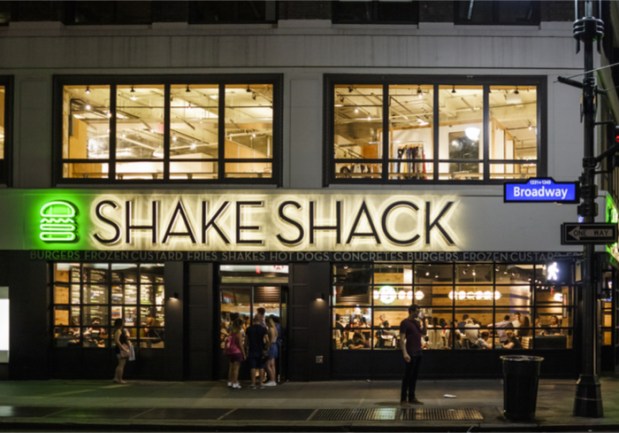Shake Shack’s Complex Evolution To Digital

For every innovation that changes the world, many … don’t. The difference between what works and what doesn’t is often measured in micrometers — not feet.
The iPod changed the world; the Zune, on the other hand, was a punchline.
When Shake Shack announced it was debuting a digital-only location, it seemed likely enough that it would work: Its clients are urban-based, largely millennial and demonstrably mobile order-ahead friendly. The only question at the time was whether or not this digital-only attitude would be something it could roll out chain-wide.
But if that were ever a question, it was one that the practice of going digital-only quickly answered for the upscale burger chain. And that answer was no.
“You have to order at the kiosk. I placed my order and only had cash at the moment. Come to find out, they do not take cash. Only debit and credit cards. This is bad for high school kids and people that do not have a debit card or credit card. I think they need to have a better pay system,” one Yelp user complained.
“No cash accepted … order on iPads … half the costumers dont [sic] know how to use it to order,” a Google commenter wrote.
The move was also criticized for being in opposition to the chain’s egalitarian principles — as it excluded customers without debit or credit cards, most of whom tended to be lower income.
In short, going digital was not the innovation its customer base was seeking. Customers like cash when making small purchases, and the kiosk experience did not do much to add to anyone’s meal. Cashiers were returned to the card-only locations, and consumers rejoiced.
The unmanned Shake Shacks, incidentally, were not human-free. Instead of cashiers, the chain had “hospitality champs” who were tasked with helping customers navigate digital ordering.
Consumers, by and large, responded that there was already a person whose job that was — the cashier — and, apart from helpful information, cashiers can only guide a customer through an analog purchase — if that is their preference.
“In the first rollout at Astor Place, we did not accept cash at all, and there are people who have told us very clearly ‘we want to pay with cash,’’’ Shake Shack CEO Randy Garutti told stock market analysts of the decision. “So, in this next phase, we’re going to go ahead and have cashiers as well as kiosks.”
If at first you don’t succeed, try and refine the offer. The cashless concept is on hold, but the kiosks are not going anywhere. In fact, four or five Shake Shacks will have kiosks all their own in the near future.
And the company continues to turn its efforts toward digital.
“Shake Shack has long understood the importance of combining digital and in-store experiences,” said Rahul Shah, senior VP of global delivery and customer success at Applause — a firm retained by the chain to help better develop its digital offerings. “Today, Shake Shack uses its mobile app, as well as online and mobile web, as a means to provide information to customers, increase brand loyalty and facilitate unique experiences.”
While the improvements being made at Shake Shack locations aren’t quite as eye-catching as a plan to fully eliminate cash in one swoop, they do have the advantage of building out a more fully digitized in-store experience. A dedicated mobile pick-up window, for example, is easy to overlook when one has designed a mobile order-ahead platform, but is quickly noticed when customers who ordered digitally to skip the line, end up waiting in it to pick up their food. Shake Shack staff (cashiers included) have also gotten more extensive training in managing the digital customer flow.
The quick-service restaurant chain is still expanding its physical footprint and developing its digital presence. The lesson to be learned might be that going forward, they don’t have to force their customers to go digital, since when pushed, they’re clearly willing to resist.
Guiding them gently with kiosks and rewards for ordering via mobile app?
We’ll see if that works better this time around.
